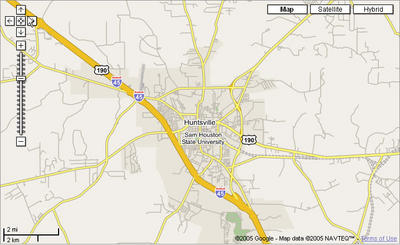Traffic Flow Regulations Needed

A fresh AP report informs us:
"Houston Residents Scrambling Out of City
Sep 22 9:16 AM US/Eastern
By KRISTEN HAYS
Associated Press Writer
HOUSTON
Hundreds of thousands of people were frantically trying to escape the nation's fourth-largest city Thursday as Hurricane Rita approached the upper Texas coast.
But interstates were at a standstill for up to 100 miles and gas shortages were already being reported.
Gov. Rick Perry early Thursday ordered southbound traffic on Interstate 45 shut down and all eight lanes redirected north out of the city for 125 miles. Local officials warned residents to get out, and told them they would not be rescued if they waited."
How could traffic be bumper-to-bumper for 100 miles? One has to wonder whether I-45 is equipped with the same sort of traffic-light-controlled entrance ramps one finds on urban interstates in the Northeast and Southwest. Although these do little to actually reduce highway congestion, it seems to me that they might effectively control the flood of vehicles if used more strategically. Two-minute entrance wait times, anyone?
Clearly, roads designed to carry up to 300,000 cars per day will balk at the sheer volume of more than 1 million vehicles trying to ride them, but with both sides of the roadway now headed in one direction, capacity should increase dramatically... But perhaps the problem lies 121 Miles north of Galveston on I-45 in Walker County, near Huntsville, TX. (Could this be the same "Walker" of George W. fame?) Where in that area might this bevy of motorists go? How do those travelling on the wrong side of I-45 manage to exit safely onto non-limited-access roads, such as National Route 190? (Clearly this confusion must cause considerable congestion.) And further North, where does the traffic moving in South on I-45 end?
It would be fascinating to watch this (perhaps from a helicopter?), but to experience it is probably some terrible amalgam of frustration and fear.

0 Comments:
Post a Comment
<< Home